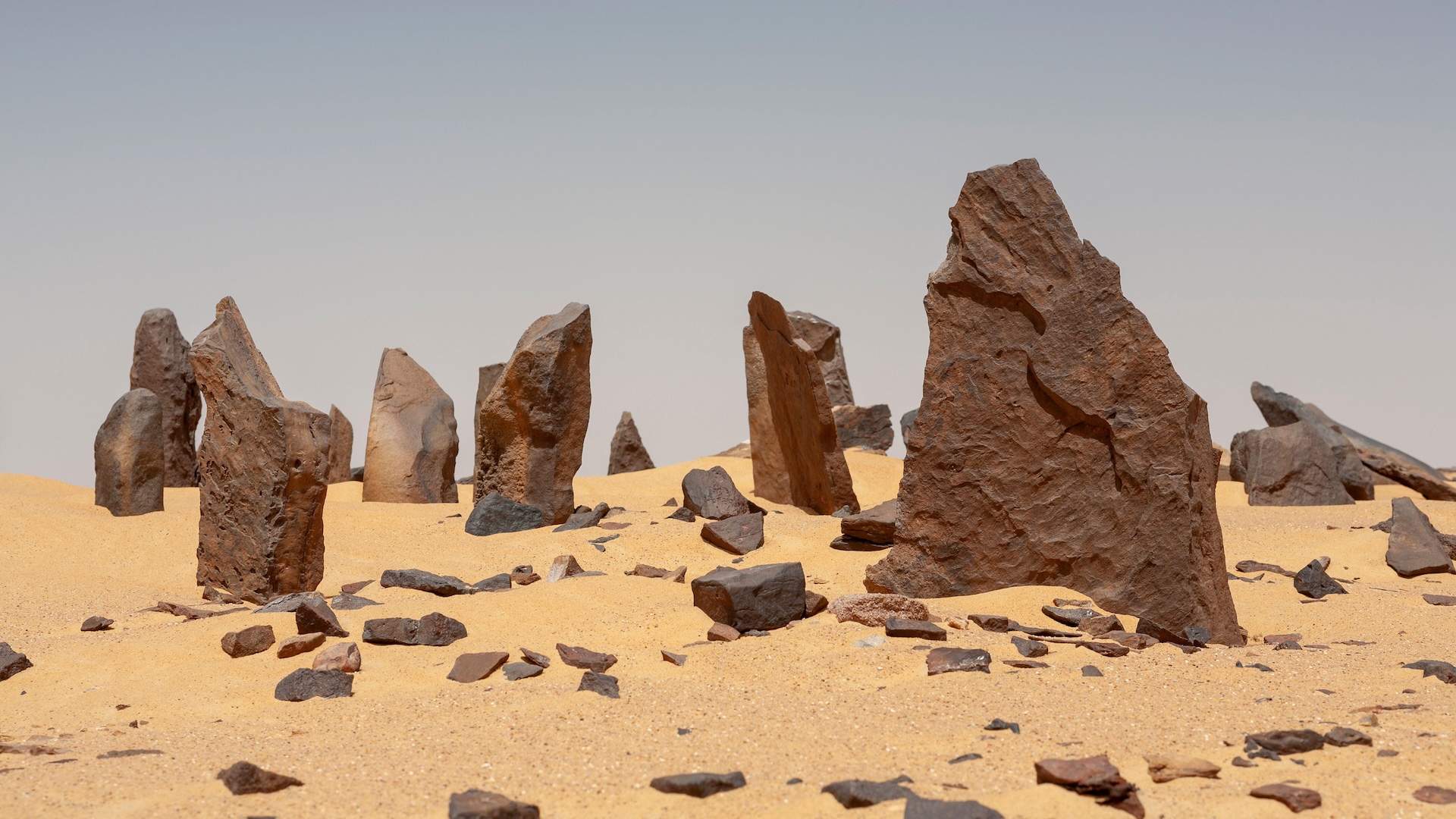Nabta Playa: A mysterious stone circle that may be the world's oldest astronomical observatory
Nabta Playa in Egypt is an ancient stone circle that researchers suspect was used to determine the summer solstice, which signaled rain was on the way.

Name: Nabta Playa
What it is: An ancient stone circle in the Egyptian desert that may be the oldest known astronomical observatory
Where it is from: An desert area of southern Egypt, about 175 miles (280 kilometers) southwest of Aswan, that was once inhabited by the ancient Nubians
When it was made: About 7,500 years ago
Related: Scythian on horseback: A 2,400-year-old gold sculpture of a warrior heading into battle
What it tells us about the past: Nabta Playa, which is 2,000 years older than Stonehenge, may have been one of the earliest astronomical observatories.
Today, its main stones are in a museum in Aswan to protect them from vandalism. But originally, Nabta Playa consisted of dozens of upright stones, each a few feet high, in the desert about 60 miles (100 km) west of the Nile.
Sign up for the Live Science daily newsletter now
Get the world’s most fascinating discoveries delivered straight to your inbox.
In addition to a pile of stones above a central tomb, many of the stones seemed to have been deliberately placed in a circle to align with the rising of certain stars.
The circle's six inner stones may have been used in rituals or to mark important alignments. These inner stones were surrounded by 29 standing stones that some researchers think formed a primitive calendar.
Excavations of the central tomb in 2001 uncovered no human remains but revealed the complete skeleton of a cow. Along with other evidence, that suggests Nabta Playa was built by ancient people who depended on driving herds of cattle between seasonal lakes.
The researchers suggested that distinctive stones in the calendar circle may have indicated sunrise on the summer solstice, which was a signal for these Stone Age people to soon expect rainfall that would replenish the lakes.
It's also been proposed that three of the central stones represented the "belt" of Orion and that some of the stones marked seasonal risings of the bright stars Arcturus, Sirius and Alpha Centauri.
Tom Metcalfe is a freelance journalist and regular Live Science contributor who is based in London in the United Kingdom. Tom writes mainly about science, space, archaeology, the Earth and the oceans. He has also written for the BBC, NBC News, National Geographic, Scientific American, Air & Space, and many others.









